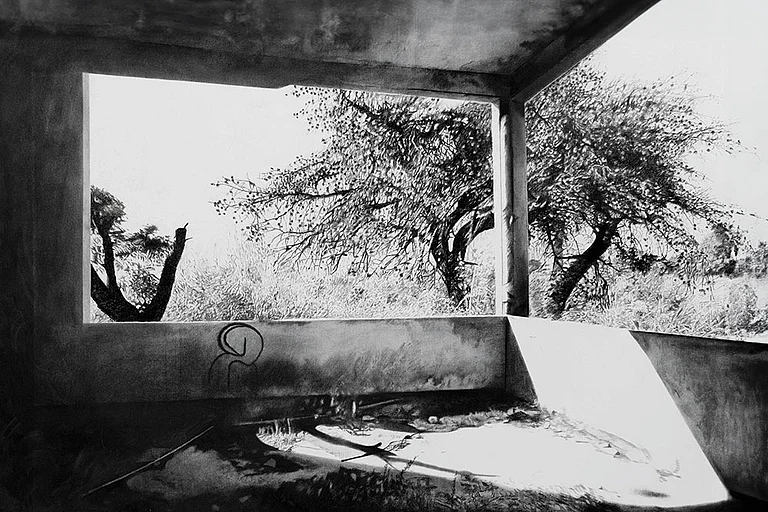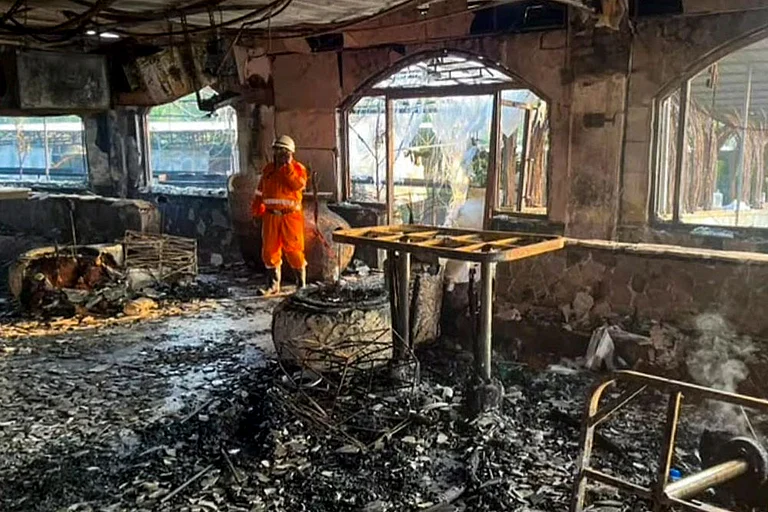A look back into the history of the sedition law in the post-colonial Indian state reveals a complex web of the complicity of all three branches of the government with regard to its continuance and misuse in the criminalisation of free speech and dissent. So much so that, in May 2022, in S.G.Vombatkere v Union of India, after recognising that a crescendo has reached, the Supreme Court of India had to finally put the operation of Section 124A of the Indian Penal Code (IPC) dealing with sedition on hold. Even as the Court’s move was criticised by many for not referring the matter to a larger Constitution Bench to determine its constitutionality, the suspension of the provision was seen as a progressive step to prevent its further misuse.
Interestingly, in S.G.Vombatkere, the Union Government, through an affidavit, had submitted before the Court that it will ‘review’ the law as ‘Section 124A of IPC is not in tune with the current social milieu’. The affidavit also stated that the government ‘has decided to re-examine and re-consider the provision of Section 124A of the IPC’. This raised hopes that there would be some calibration of the sedition law by the Government if not a complete repeal. In an April 2023 report, however, the country’s top law advisory panel ‘Law Commission of India’ (the Commission) dropped a bombshell proposing retention of the colonial-era sedition law with some modifications and an enhanced punishment of seven years contrary to the existing three.
At a time when the Commission was expected to use the opportunity to bring in some reform and a break from the colonial past, it scrambled to ensure continuity from the colonial to the post-colonial legal order. A plain reading of the report paradoxically points to a rather ‘colonial’ construct of the defence it presents vi-a-vis the retention of the law which was originally enacted to curb dissent against British rule. No wonder, the Commission tried its best to pre-empt the criticism by stating that ‘the mere fact that a particular legal provision is colonial in its origin does not ipso facto validate the case for its repeal’.
It is common knowledge that sedition is antithetical to a liberal constitutional democratic order. But then, why has the provision on sedition been on statute book for over seven decades in the post-colonial Indian state? Why didn’t the Parliament repeal the law after India adopted a liberal Constitution? Why didn’t the Supreme Court strike it down even as it got an opportunity to do so in a plethora of cases? Where does the buck stop?
Data collated by Article 14 highlights that the sedition law has been misused and abused by governments from time to time with a sharp rise in the cases after 2014. It has been invariably used against journalists, activists, artists, opposition politicians, students and academics for expressing their opinions or criticising the ‘government’ leading to self-censorship and a climate of fear.
Tendency versus proximity
Despite the Supreme Court’s so-called reading down of the law in Kedar Nath Singh v State of Bihar (1962), the vague and ambiguous language of the provision has effectively led to its misuse and undermining of free speech. The truth is that Kedar Nath has contributed to the continuing saga of criminalisation of free speech in India through the so-called ‘tendency’ test which this Law Commission report proposes to codify now. Old wine served in new bottles! The Court held: ‘It is only when the words, written or spoken, etc. which have the pernicious tendency or intention of creating public disorder or disturbance of law and order that the law steps in to prevent such activities in the interest of public order. So construed, the section, in our opinion, strikes the correct balance between individual fundamental rights and the interest of public order’.
Much of what the report builds on has been normalised by the Supreme Court itself in the last seven decades given its balancing approach in dealing with cases, Kedar Nath being the case par excellence, challenging the constitutionality of the law. No wonder, it took over seven decades for the Court to put the operation of the law on hold. This is despite the Court’s enunciation of an overwhelmingly liberal free speech jurisprudence in the last decade or so. The report conveniently ignores all of that.
Of all the problems the report is riddled with, what stands out is its muddled reliance on the judicial decisions both within and outside India in order to come to a seemingly predetermined conclusion about the continuance of the sedition law in a more draconian form.
The report, in particular, erroneously cites Kedar Nath to drive home the American style ‘proximity’ test while ending up following the UK style ‘tendency’ test in a bid to calibrate the use of the law. You would be shocked to know that there is no reference to the ‘proximity’ test in Kedar Nath having ignored reliance on an earlier case (Ram Manohar Lohia) which laid down a strict test of ‘proximity’. Yet, the report makes the readers believe otherwise.
Be that as it may, the Supreme Court has lately come a long way from the ‘tendency’ test to an almost American style ‘proximity’ test, for example, in Shreya Singhal v Union of India (2015). Explaining the content of ‘freedom of speech and expression’, Justice Rohinton Fali Nariman observed: ‘There are three concepts which are fundamental in understanding the reach of this most basic of human rights. The first is discussion, the second is advocacy, and the third is incitement. Mere discussion or even advocacy of a particular cause howsoever unpopular is at the heart of Article 19(1)(a). It is only when such discussion or advocacy reaches the level of incitement that Article 19(2) kicks in. It is at this stage that a law may be made curtailing the speech or expression…….’ (para 13).
Applying this yardstick, there must be a ‘proximate’ nexus between the speech and the public order for it to attract the sedition law. But read the explanation the report proposes to Section 124A: ‘The expression ‘tendency’ means mere inclination to incite violence or cause public disorder rather than proof of actual violence or imminent threat to violence’. This is clearly a pick and choose approach at work in the report.
This does not portend well for the law advisory panel when, way back, in Maneka Gandhi v Union of India (1978), the Supreme Court has departed from the positivistic interpretation of law it followed since A K Gopalan v State of Madras (1950) and opened the door for a purposive interpretation of law. One wonders when the Court could read a ‘due process guarantee’ in Article 21 of the Constitution, what stopped the Commission to follow a test which is relatively more stringent and aimed at preventing stifling of free speech.
Muddled comparisons
The report’s references to foreign jurisdictions like the US and UK are glaringly muddled and false. The report cites a series of judicial precedents from the US but ignores the groundbreaking judgement of the US Supreme Court in Texas vs Johnson (1989) which held that burning the national flag was protected speech under the First Amendment to the US Constitution. Justice Anthony Kennedy famously observed that ‘the flag protects those who hold it in contempt’.
The report also manipulates the UK position to suit its own narrative. It states that the UK has abolished the sedition law because after 2000 it had passed several legislations to deal with terrorism. However, it conveniently argues that the same logic does not apply to India as ‘the provisions of the UAPA are inadequate to address seditious activities’.
All of this strangely comes in the aftermath of the Lahore High Court striking down the Pakistani counterpart of the colonial era sedition law calling it ‘an illegitimate limitation and restriction on the legitimate, legal and lawful exercise of the constitutionally guaranteed right of free speech and expression and various other constitutional freedoms’. The decision was welcomed across the board in the country with The News International writing an editorial that ‘the verdict should be welcomed without any ifs or buts regarding such progressive jurisprudence’. The Human Rights Commission of Pakistan also welcomed the decision stating that such laws are ‘remnants of an abusive colonial system that have regrettably continued to be used to criminalise political dissent’.
The upshot is that the law advisory panel has blatantly ignored the Supreme Court’s seven-decade free speech jurisprudence. The Commission also appears to have pre-decided the outcome even before it began researching the issue, given the selective and muddled reference of judicial precedents both within and outside of India. Having taken a myopic view of the legal and political discourses on sedition, the report has further exacerbated the chilling effect of the sedition law on free speech, and therefore, raises questions about the state of democracy in India. It has not only provided a veneer of legitimacy to a deeply flawed and draconian law but has made it worse. If not the complete repeal, the report could have at least proposed a significant narrowing down of its scope.
(Burhan Majid is an Assistant Professor of Law at the School of Law, Jamia Hamdard, New Delhi and a doctoral fellow at NALSAR University of Law, Hyderabad, India)
























